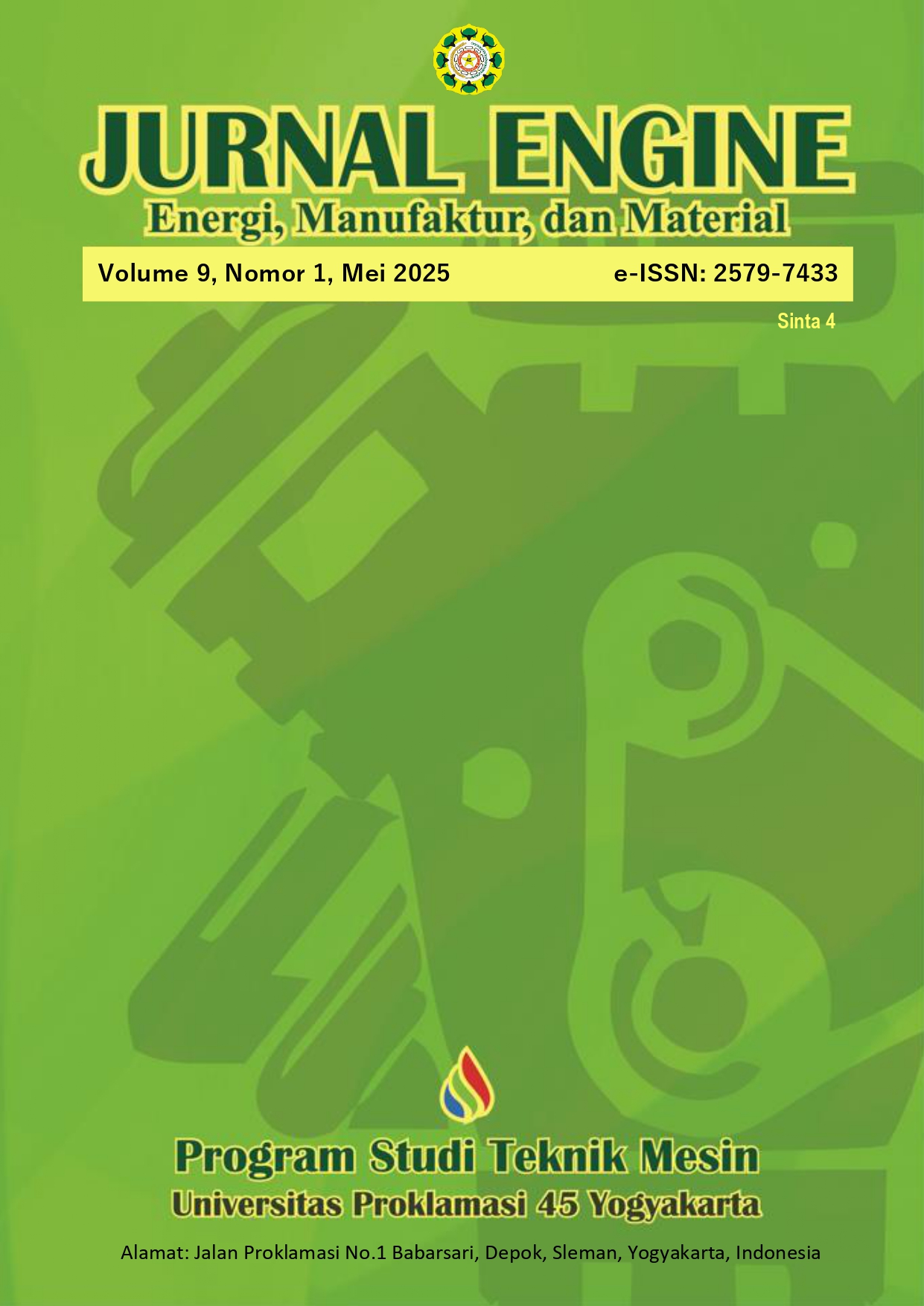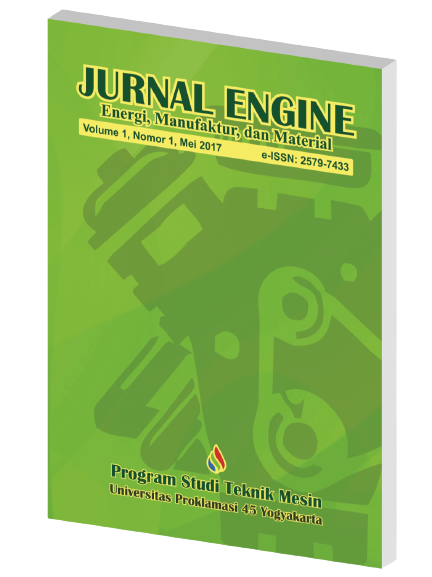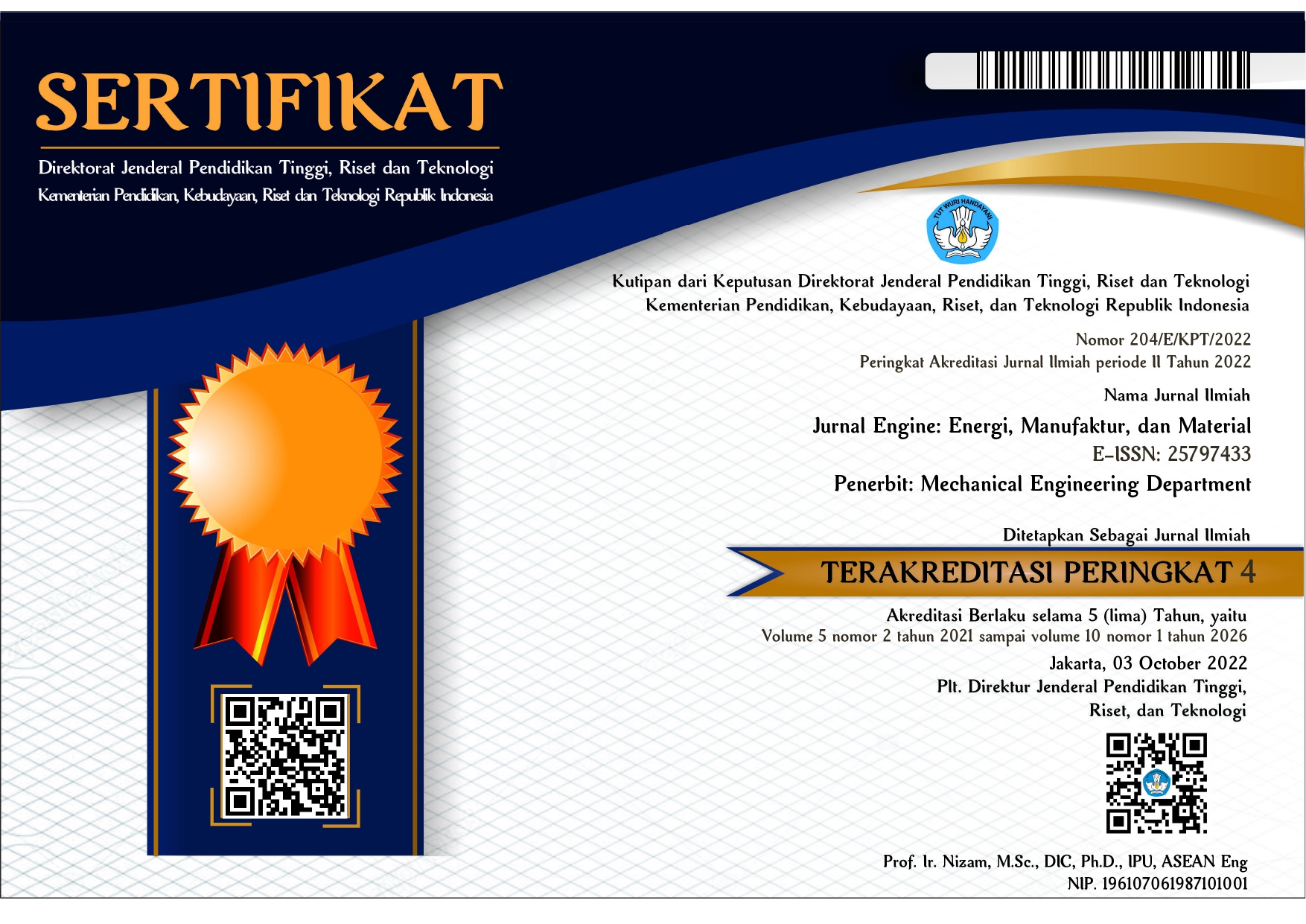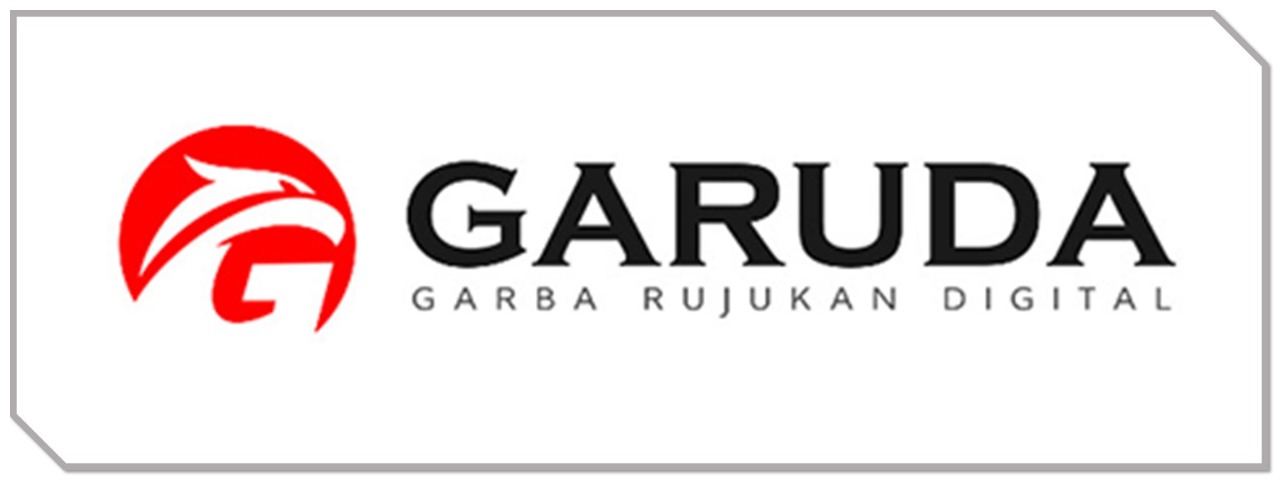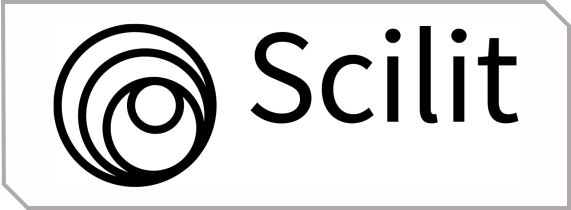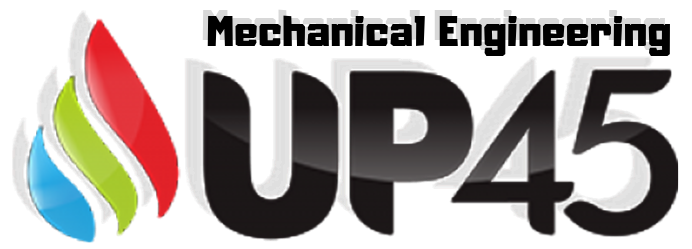Enhancing Mechanical Properties of Aluminum Matrix Composites Reinforced with Carbon Nanotubes: A Review of Fabrication Methods and Applications
DOI:
https://doi.org/10.30588/jeemm.v9i1.2116Keywords:
Aluminum matrix composite, Carbon Nanotubes, Mechanical properties, Fabrication methodsAbstract
This study reviews the fabrication methods and compositions of aluminum matrix composites reinforced with Carbon Nanotubes (CNTs), aiming to enhance the mechanical properties of aluminum composites. The methods analyzed include ball milling, spark plasma extrusion (SPE), and chemical vapor deposition (CVD), each showing unique advantages in improving tensile strength, hardness, wear resistance, and thermal conductivity. The study highlights significant findings, such as SPE's ability to address CNT agglomeration, ensuring a more homogeneous distribution, and increasing material density. Results also reveal the effectiveness of CNT coatings in improving electromagnetic shielding performance and thermal conductivity for extreme conditions. The significance of this research lies in identifying optimal fabrication techniques and compositions, offering valuable insights for advancing lightweight, high-strength materials in automotive, aerospace, and other industries. This study emphasizes the potential of Al-CNT composites as superior materials for industrial applications and the need for further exploration of hybrid fabrication methods and CNT types.
References
Syahid M, Elyeser E, Hayat A. Pengecoran Aluminium Matriks Komposit Berpenguat Carbon Nanotube (Cnt) Dengan Variasi Penambahan Serbuk Magnesium. J Rekayasa Mesin 2023;14:1095–103. https://doi.org/10.21776/jrm.v14i3.1656.
Zuo G, Bai Y, Shi S, Tan Z, Fan W, Li Z, et al. Interfacial healing behavior of CNTs/Al composites in solid-state additive forging. J Manuf Process 2024;125:143–54. https://doi.org/10.1016/j.jmapro.2024.07.048.
Syahid M, Arma LH, Arsyad H, Suwardi ZAR. Effect of pouring temperature on mechanical properties and microstructures of aluminium matrix composite strengthened by CNT with stir casting method. Mater Sci Forum 2020;988 MSF:30–5. https://doi.org/10.4028/www.scientific.net/msf.988.30.
Song Y, Bi J, Li Y, Zhao B, Li Z, Wang Y, et al. A new strategy to prepare ammonium aluminum carbonate hydroxide using plasma electrolytic oxidation in electrolyte containing carbon nanotubes. Surfaces and Interfaces 2024;51:104694. https://doi.org/10.1016/j.surfin.2024.104694.
Esawi AMK, Morsi K, Sayed A, Taher M, Lanka S. Effect of carbon nanotube (CNT) content on the mechanical properties of CNT-reinforced aluminium composites. Compos Sci Technol 2010;70:2237–41. https://doi.org/10.1016/j.compscitech.2010.05.004.
Gu X, Ruan X, Yin C, Cao Y, Xin W. Preparation of carbon/aluminium composites with high electromagnetic shielding performance. Mater Lett 2024;377:137348. https://doi.org/10.1016/j.matlet.2024.137348.
Park JG, Keum DH, Lee YH. Strengthening mechanisms in carbon nanotube-reinforced aluminum composites. Carbon N Y 2015;95:690–8. https://doi.org/10.1016/j.carbon.2015.08.112.
Bakshi SR, Agarwal A. An analysis of the factors affecting strengthening in carbon nanotube reinforced aluminum composites. Carbon N Y 2011;49:533–44. https://doi.org/10.1016/j.carbon.2010.09.054.
Esawi AMK, El Borady MA. Carbon nanotube-reinforced aluminium strips. Compos Sci Technol 2008;68:486–92. https://doi.org/10.1016/j.compscitech.2007.06.030.
Morsi K, Esawi AMK, Lanka S, Sayed A, Taher M. Spark plasma extrusion (SPE) of ball-milled aluminum and carbon nanotube reinforced aluminum composite powders. Compos Part A Appl Sci Manuf 2010;41:322–6. https://doi.org/10.1016/j.compositesa.2009.09.028.
Nánai L, Németh Z, Kaptay G, Hernadi K. Experimental and theoretical aspects of the growth of vertically aligned CNTs by CCVD on AZO substrate. Sci Rep 2024;14:1–18. https://doi.org/10.1038/s41598-024-57862-w.
Tsukamoto H. Enhanced mechanical properties of carbon nanotube/aluminum composites fabricated by powder metallurgical and repeated hot-rolling techniques. J Compos Sci 2020;4. https://doi.org/10.3390/jcs4040169.
Wan X, Zhang L, Wang T, Zhang N, Li H. Synergistic optimization of multifunctional properties in carbon fiber/phenolic composites by designing array carbon nanotubes structures on the surface of carbon fibers. J Mater Sci Technol 2025;215:233–43. https://doi.org/10.1016/j.jmst.2024.07.031.
Zhou J, Ning K, Zhuang J, Yu H, Su Q, Zhang P, et al. Synthesis of a novel aluminum matrix composite reinforced by carbon nanoparticles. J Mater Res Technol 2024;32:452–6. https://doi.org/10.1016/j.jmrt.2024.07.203.
Dhore V, Rathod W, Patil K. Mechanical and tribological attributes of Al-CNT-Sn composites prepared by press and sintering. J Compos Sci 2021;5. https://doi.org/10.3390/jcs5080215.
Yan J, Sun Y, Jia T, Tao B, Hong M, Song P, et al. Vertically aligned cellulose nanofiber/carbon nanotube aerogel-infused epoxy nanocomposites for highly efficient solar-thermal-electric conversion. J Mater Sci Technol 2025;214:313–21. https://doi.org/10.1016/j.jmst.2024.07.018.
Kadhim MM, Naif SK, Mohammed DF, Hussein AW. The concentration influence of multi-walled carbon nanotubes coating on fatigue edge crack growth and other mechanical properties of Al 7075-T6 thin plates. Results Eng 2024;23:102719. https://doi.org/10.1016/j.rineng.2024.102719.
Chen B, Kondoh K. Sintering behaviors of carbon nanotubes-aluminum composite powders. Metals (Basel) 2016;6. https://doi.org/10.3390/met6090213.
Li YR, Su CC, Chang SH. Applying aluminum–vertically-aligned carbon nanotube forests composites for heat dissipation. Nanomaterials 2019;9. https://doi.org/10.3390/nano9050758.
Kumar N, Soren S, Nirala A, Almakayeel N, Yunus Khan TM, Khan MA. Distribution of Carbon Nanotubes in an Aluminum Matrix by a Solution-Mixing Process. ACS Omega 2023;8:33845–56. https://doi.org/10.1021/acsomega.3c04531.
Rais L. Synthesis and structural characterization of Al-CNT metal matrix composite using Physical Mixing Method. IOSR J Appl Phys 2013;5:54–7. https://doi.org/10.9790/4861-0545457.
Downloads
Published
How to Cite
Issue
Section
License
Copyright (c) 2025 Nabila Desi Rahmawati, Immanuel Simanjuntak, Fikri Muzhaffar, Ade Kurniawan, Judika Butar-butar, Damai Logo Logo (Author)

This work is licensed under a Creative Commons Attribution 4.0 International License.
Authors who publish with Jurnal Engine: Energi, Manufaktur, dan Material agree to the following terms:
Authors retain copyright and grant the Jurnal Engine: Energi, Manufaktur, dan Material right of first publication with the work simultaneously licensed under a Creative Commons Attribution 4.0 International License that allows others to share (copy and redistribute the material in any medium or format) and adapt (remix, transform, and build upon the material) the work for any purpose, even commercially with an acknowledgment of the work's authorship and initial publication in Jurnal Engine: Energi, Manufaktur, dan Material. Authors are able to enter into separate, additional contractual arrangements for the non-exclusive distribution of the journal's published version of the work (e.g., post it to an institutional repository or publish it in a book), with an acknowledgment of its initial publication in Jurnal Engine: Energi, Manufaktur, dan Material. Authors are permitted and encouraged to post their work online (e.g., in institutional repositories or on their website) prior to and during the submission process, as it can lead to productive exchanges, as well as earlier and greater citation of published work (See The Effect of Open Access).

